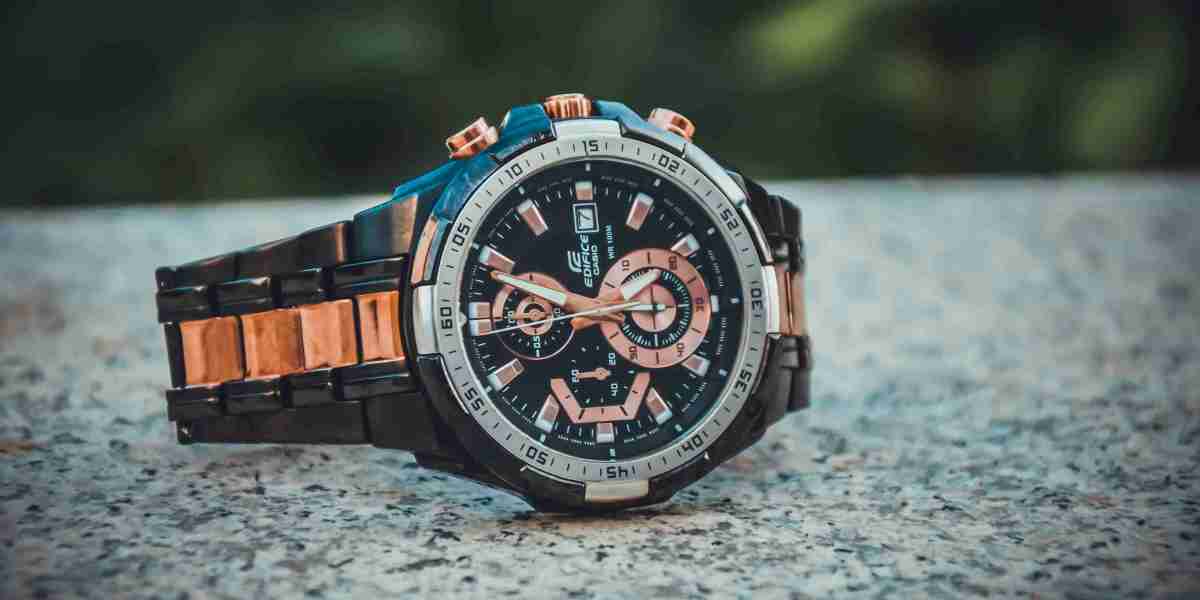Introduction: Timekeeping has been an essential aspect of human civilization since ancient times. From the sundials of antiquity to the atomic clocks of today, the way we measure time has evolved significantly, shaping the course of history and revolutionizing various aspects of human life. In this article, we embark on a journey through the ages to explore the fascinating evolution of timekeeping.
Ancient Timekeeping: The earliest methods of timekeeping can be traced back to ancient civilizations such as the Egyptians, who used sundials to track the movement of the sun across the sky. These early timekeeping devices were rudimentary but laid the foundation for more sophisticated methods to come.
The Mechanical Clock: The invention of the mechanical clock in the Middle Ages marked a significant leap forward in timekeeping technology. These early clocks, driven by weights and gears, were installed in towers and cathedrals, providing communities with a reliable means of telling time. As the demand for precision grew, clockmakers refined their designs, leading to the development of more accurate and portable timepieces.
The Age of Exploration: The 15th and 16th centuries saw a surge in exploration and trade, driving the need for accurate timekeeping at sea. Determining longitude—the east-west position—required precise time measurements, leading to the invention of marine chronometers by John Harrison in the 18th century. These groundbreaking devices revolutionized navigation, enabling sailors to chart distant waters with unprecedented accuracy.
The Industrial Revolution: The Industrial Revolution brought about profound changes








